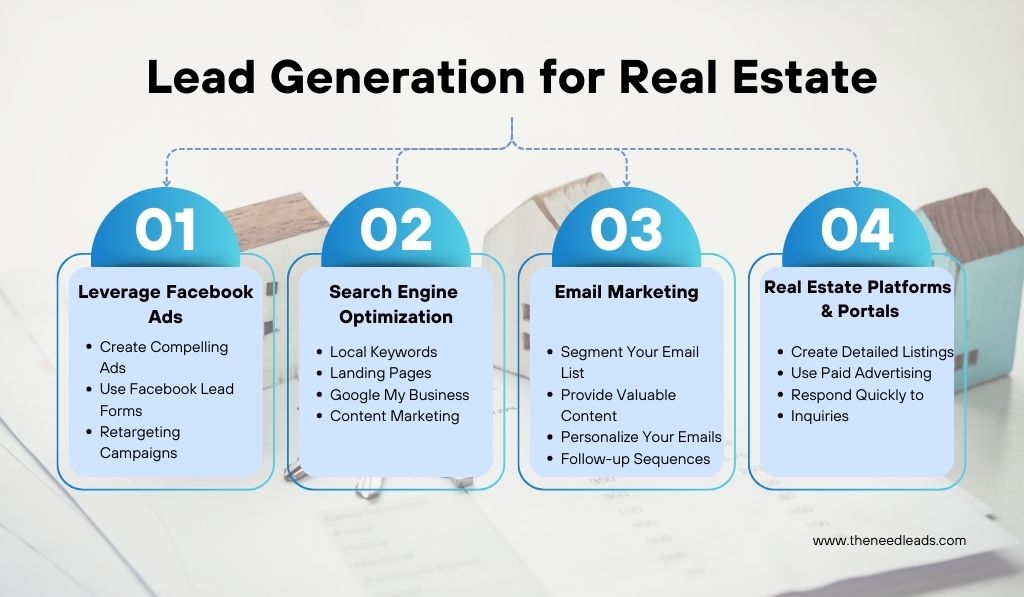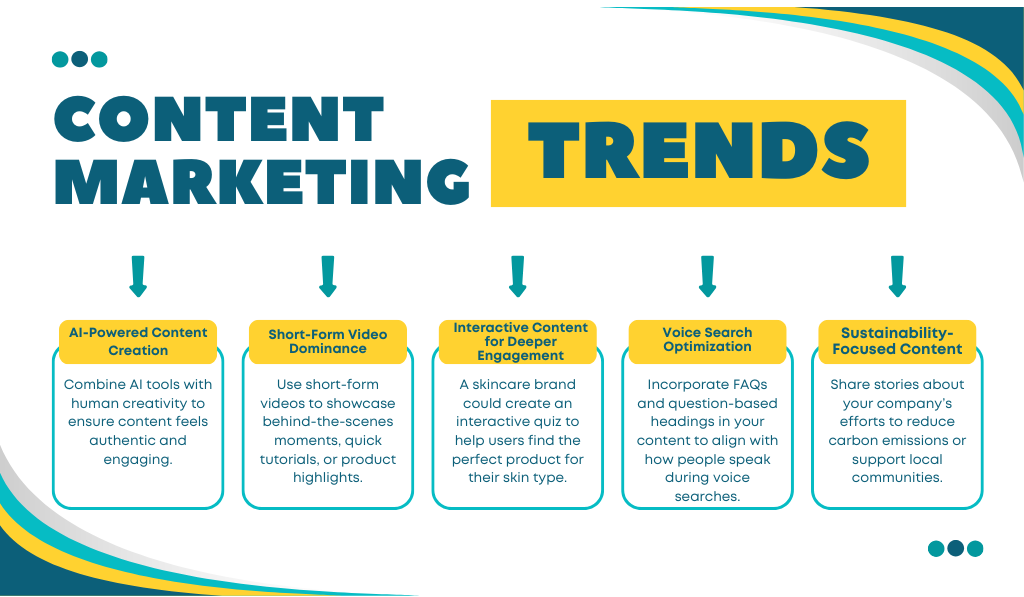In the ever-evolving geography of digital marketing, staying ahead of the curve is critical. As technology betterment, so do the methods of reaching and engaging with your audience. One such improvement that has gained notable traction in recent years is voice search. With the rise of virtual assistants like Siri, Alexa, and Google Assistant, content optimize for voice search for SEO has become essential for maintaining visibility and materiality in today’s competitive online market.
Learning the Importance of Voice Search Optimization
In the empire of search engine optimization (SEO), adjusting to emerging trends is key to staying visible to your target audience. Voice search is no longer just a novelty; it has become a mainstream method for users to access information quickly and conveniently. As such, tailoring your content to align with the nuances of voice search queries can seriously impact your website’s visibility and traffic.
The Rise of Voice Search Technology
Voice search technology has experienced exponential growth in recent years, thanks in large part to the widespread adoption of smart speakers and mobile devices. According to recent statistics, nearly half of all searches are now achieved through voice controls, with that number expected to rise further in the coming years. With such a significant portion of online relations being voice-driven, ignoring voice search optimization can be bad for your digital marketing efforts.
Key Strategies for Content Optimization
Your content Optimizing for voice search involves understanding how users interact with voice-enabled devices and tailoring your content to meet their needs virtually. Below are some key strategies to help you get started:
Understand Natural Language Patterns
Unlike traditional text-based searches, voice queries are more conversational and natural in tone. Users are more likely to phrase their queries as questions or commands rather than using concise keywords. Understanding these natural language patterns is important for crafting content that aligns with voice search queries actually.
Focus on Long-Tail Keywords
Long-tail keywords play a significant role in voice search optimization. These are more specific phrases that users are likely to use when working on voice searches. By containing long-tail keywords in your content, you can increase your chances of appearing in voice search results for SEO for relevant queries.
Create Structured and Informative Content
When optimizing for voice search, it’s essential to provide brief and instructive answers to common user queries. Structured content, such as FAQs and Q&A sections, can help you address the most common questions related to your industry or niche. By providing valuable information in a structured format, you can improve your chances of being featured as a voice search result.
Optimize for Local Search
Many voice searches are location-based, with users seeking information about nearby businesses, services, or attractions. Optimizing your content for local search can help you capture the attention of users looking for products or services in their area. Ensure that your business information, such as address, phone number, and operating hours, is accurate and up-to-date across all online platforms.
Improve Website Loading Speed
Website loading speed is a crucial factor in voice search optimization. Users expect fast and seamless experiences when interacting with voice-enabled devices, so optimizing your website for speed is essential. Undervalue extreme elements, such as large images and bulky scripts, and leverage caching and compression techniques to improve loading times.
The Future of Voice Search and SEO
As voice search technology continues to evolve, so too will the strategies for optimizing content. Keeping abreast of the latest effects in voice search algorithms and user behavior will be essential for maintaining a competitive edge in the digital landscape. By embracing voice search optimization for SEO now, you can position your website for success in the years to come.
FREQUENTLY ASKED QUESTION
Q1. What is the role of on page SEO in optimizing for mobile devices and voice search?
Ans. On-page SEO for mobile devices and voice search involves optimizing content structure, metadata, and site speed for seamless user experience, improving visibility and relevance in search results.
Q2. Why do we use voice search for SEO?
Ans. Voice search for SEO enhances user experience, caters to the growing trend of natural language queries, optimizes for mobile usage, and boosts website visibility, ensuring relevance in an evolving digital landscape.
Q3.How do you rank on voice search?
Ans. To rank on voice search, focus on long-tail keywords, provide concise answers to common questions, optimize for local search, improve website loading speed, and stay updated on voice search trends.
Q4. Are voice search SEO and traditional website SEO different?
Ans. Voice search SEO focuses on optimizing content for natural language queries and local intent, emphasizing long-tail keywords and structured data, while traditional website SEO focuses on text-based keyword optimization and technical aspects.
In Conclusion
Content optimize for voice search for SEO is no longer optional, it’s a necessity for any business looking to succeed in today’s digital age. By comprehending the nuances of voice search queries and enforcing targeted strategies, you can improve your website’s visibility, traffic, and, someday, your bottom line. Stay ahead of the curve and embrace the power of voice search optimization with Needleads Technology.
For more insights and assistance with your digital marketing efforts, visit Needleads Technology today!


























